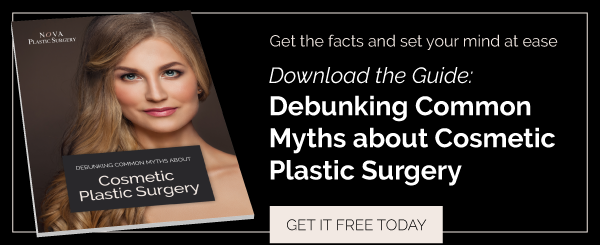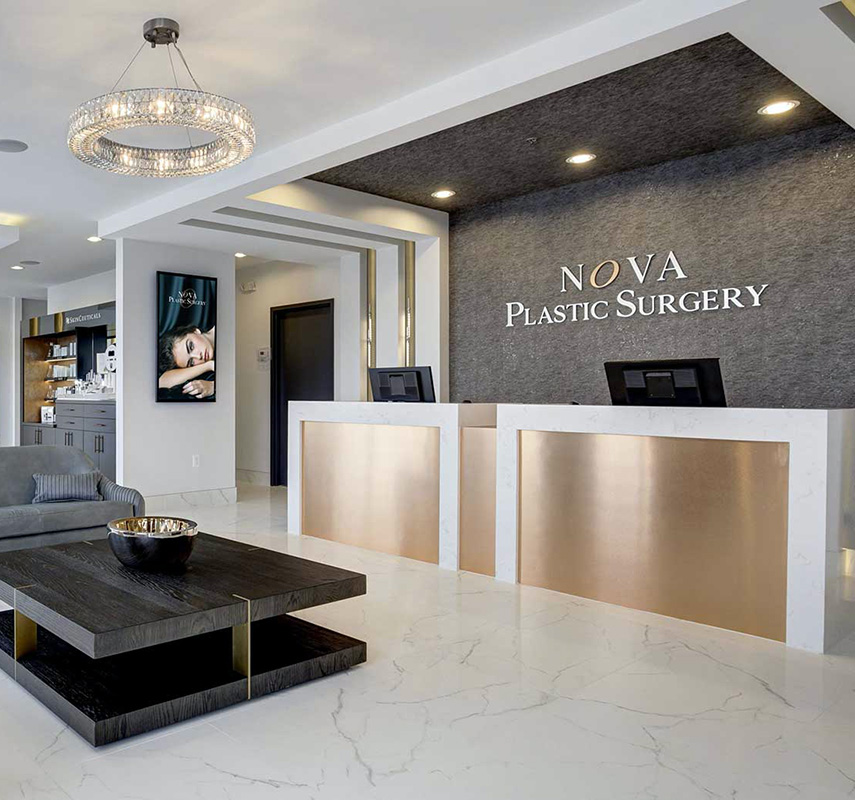
For many people, dark circles under the eyes are a real pain point. They’re caused by many factors, from stress and smoking to genetics, sun exposure, and more. And although there are many non-surgical options for taking care of them, such as creams and laser treatments, sometimes these approaches simply aren’t enough.
Blepharoplasty, or eyelid surgery, is a very effective cosmetic treatment option for addressing those stubborn dark circles that you just can’t seem to get rid of. If you’re thinking about getting surgery in Northern Virginia for dark circles, you probably have questions about the procedure and what you can expect. Below, we’ll share everything you need to know about surgery for dark circles.
Preparing for Your Surgery
First things first: your board-certified plastic surgeon will order pre-operative labs to ensure you’re in good health before surgery. You’ll need to stop smoking for at least two weeks prior to your eyelid surgery, and plan to stay smoke-free for up to two weeks after. As part of the preparation for surgery, your plastic surgeon may also adjust any medications or supplements that have the potential to aggravate post-operative bleeding.
You should make a plan for someone to drive you home after your surgery. It’s also a good idea to have ice packs, artificial tears, and over-the-counter pain medication available at home to help make you more comfortable during the recovery process.
Understanding the Procedure
When you first arrive at NOVA Plastic Surgery, you’ll be prepped for surgery and local anesthesia will be administered. Patients often have both the upper and lower lids corrected, which takes around two hours to complete, on average. Here’s how it’s done:
During upper eyelid surgery, an incision is placed in the crease of the upper eyelid, where it will be easily concealed by the natural contours of your eye. The surgeon will then remove any excess fat, muscle tissue, and skin.
During lower eyelid surgery, an incision is made that runs just below the lower lash line, following the contours of the eyelid. This is followed by the removal of excess skin, fat, and muscle tissue, along with the correction of loose muscles.
Managing Your Recovery
Once the procedure is complete, we’ll apply Steri-Strips for wound closure and instruct you to start with cold compresses to minimize any discomfort and reduce swelling. Typically, you can go home after a short time of observation. You can expect some minor bruising and swelling for up to a week after surgery, though it can be minimized with the use of Arnica. You may also have tightness near the incisions, itching, dry eyes, or slight discomfort. You can manage discomfort with over-the-counter pain meds, artificial tears for dryness, and cold compresses on an as-needed basis.
In most cases, stitches come out around 5-7 days after surgery. During your healing process, you’ll need to wear dark sunglasses when you’re outside and sleep on extra pillows to keep your head elevated and reduce swelling. You should be able to return to work in ten days or less, depending on the level of physical activity that your job requires. You should hold off on strenuous activity until you’re cleared by your physician. Your eyes should look back to normal (and better!) within 2-4 weeks.
Surgery for dark circles can be a life-changing experience for people struggling to get rid of them. The key to a successful procedure and smooth recovery process is to choose an experienced, board-certified plastic surgeon in Northern Virginia for the job.
If you’re struggling to treat dark circles, we can help. Contact NOVA Plastic Surgery to learn more about the blepharoplasty procedure and results you’re guaranteed to love.



